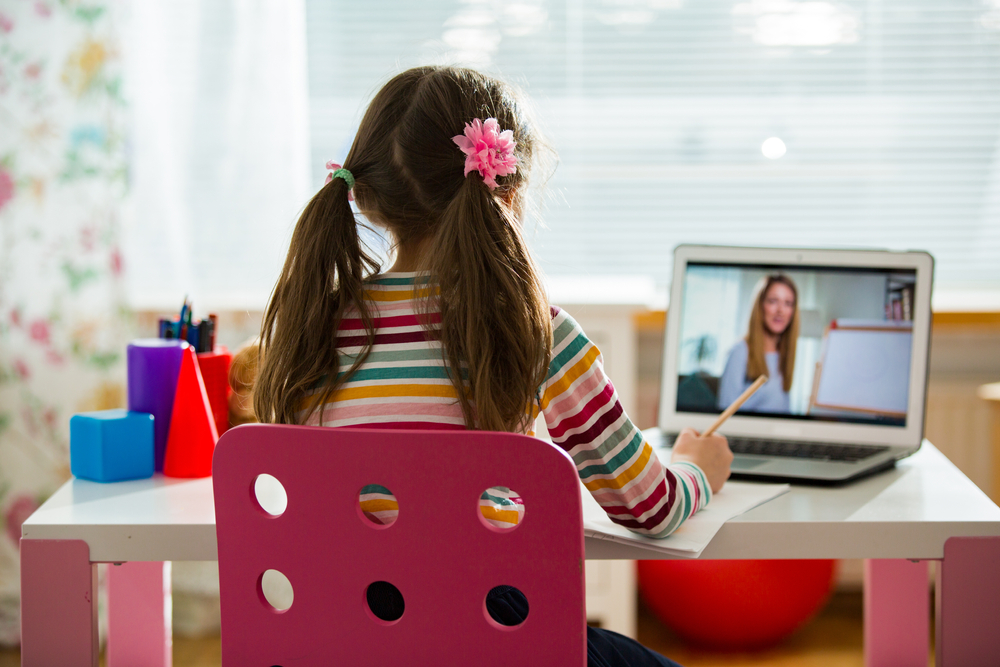In the United States and many countries around the world, education leaders are grappling with whether or not to send students back to school.
The pandemic has shifted most education online and the risk of reopening schools looms large.
But what will education look like once things are back to “normal”? What changes will occur in the learning environment and how will things be different for students of all ages?
While it’s not yet clear as to how schools will operate in a post-pandemic world, here are some trends we can expect to see grow.
Look for Augmented and Virtual Reality to Continue Having a Major Impact
Augmented reality (AR) and virtual reality (VR) are having a major moment right now, and for good reason.
During a pandemic, simulating an environment is much safer for everyone involved. VR and AR are often associated with gaming and entertainment, but their applications can go far beyond these uses, including in education.
AR and VR technology can be extremely valuable in the classroom in many different ways. They can be used to help engage students with immersive experiences, like virtual field trips to museums or even into space!
In higher education, VR and AR can be used to help engineering students gain practical experience without needing to visit job sites. This could also cut down on expenses, logistics, and risk for educational institutions.
As these technologies continue to advance and to become more affordable, we will likely see them playing a larger role in education. AR and VR could help to provide solutions to the gap between virtual and in-person learning.
Continued Expansion of Online Education
As we’ve seen over the past few months, online education is the new reality for students all over the country and the globe.
At the beginning of the pandemic, schools and teachers had to scramble to move their curriculums online, with some accomplishing this more effectively than others.
Differing standards for students and varying quality of instruction has meant that some students have seen their education suffer more during the pandemic than others.
Now that schools are aware that they must be prepared to teach online during a public health crisis and are beginning to build that infrastructure, we can expect to see continued expansion of online education.
That might mean distributing equipment to students, holding in-person classes on a part-time or hybrid basis, and shifting more college classes online.
Demand for online learning is growing in the short term because of the pandemic, but it is likely to persist in a post-pandemic world.

Pandemic Will Inspire New Education Leaders To Advocate for Policy Changes
One thing the pandemic has done is reveal just how unprepared our schools were to go online. It has revealed the opportunity gaps in the system and has shown that there is a real need for change within the educational system.
These revelations are inspiring new educational leaders to step up.
The field of education, although vital to the future success of individuals and the nation as a whole, is often slow to change.
That’s good in some ways—it helps to prevent constant pivoting and changes that have not been thought through and could be harmful.
But in other ways, it holds students back and fails to prepare them for a modern future, due to old rules governing educational institutions and districts.
That’s why we need a new generation of education leadership. In a post-pandemic world, we’re likely to see an energized group of leaders fighting for policy changes that benefit students and help them succeed, both in the classroom and at home.
Public-Private Education Could Merge
In many countries, education is mostly run by public agencies.
In the United States, only those with access to enough resources can afford to send their children to private schools, which many are choosing to do during the pandemic.
But what would a merger of public and private education look like?
We might be seeing a glimpse into the post-pandemic world with China’s school system. Consortiums have been established between private companies to provide educational materials and resources online for free, to meet the needs of students even after they are able to return to school.
One thing is certain: although the pandemic has devastated the globe and put stress on the educational system, it also has a silver lining.
It is forcing innovation in a sector that was struggling to keep up with the demands of a modern economy.
And it is making educational leaders take a good, hard look at why some students haven’t been given the same opportunities as others.

